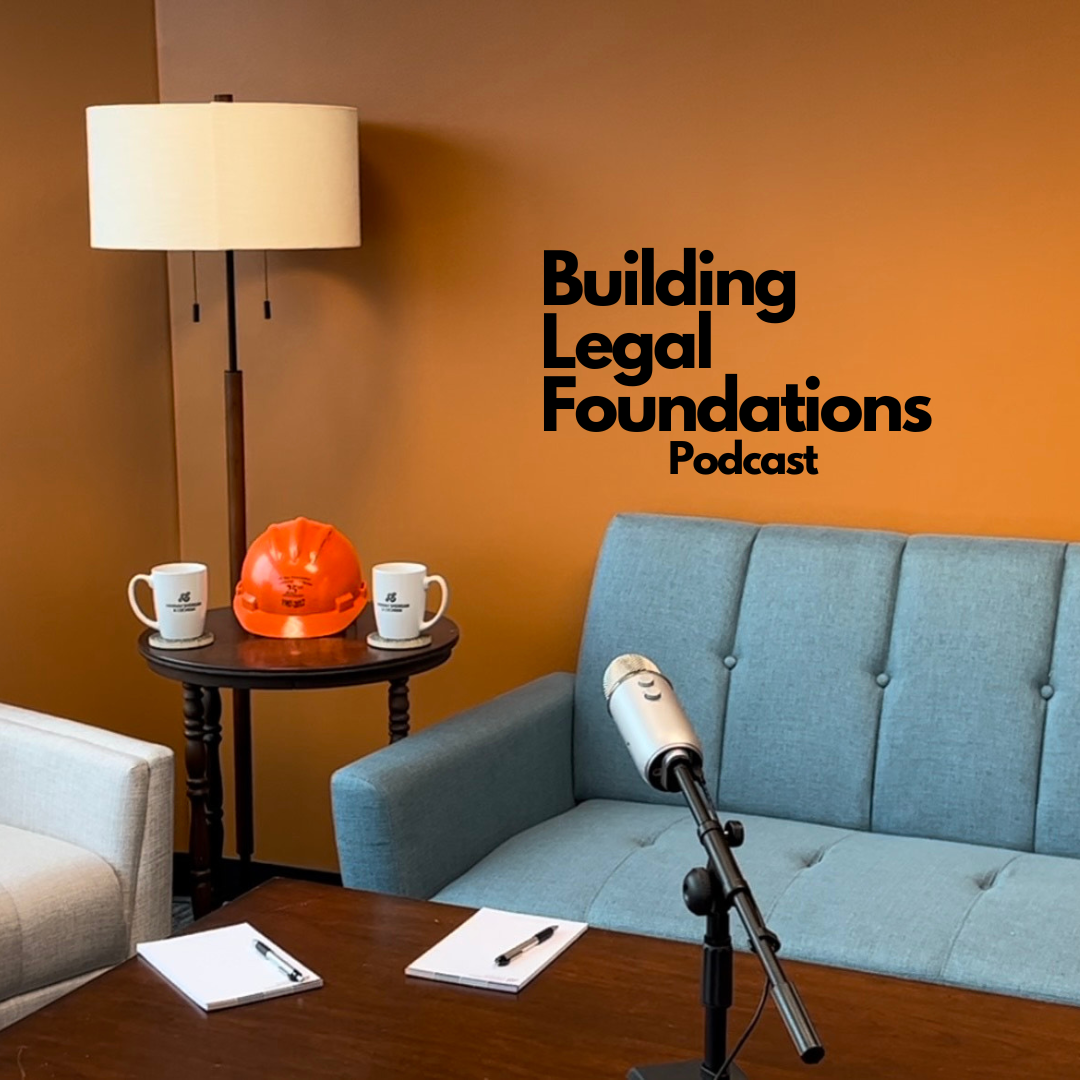Hannah Sheridan & Cochran's own podcast, previously available via Spotify, is now available to listen…
PRE-NOTICE: NEW REQUIREMENTS FOR THE NORTH CAROLINA (LITTLE) MILLER ACT
During the economic downturn in 2008-10, contractors on North Carolina public projects suffered significant losses due to the double payment risks in the then existing Little Miller Act. Taking their concerns to the legislature and working closely with other groups in the construction industry, revisions were crafted for N.C.G.S. § 44A-25 et seq., to reduce the risk of contractors having to pay twice, while improving the opportunity for subcontractors and suppliers to be timely paid on public projects. The idea is to improve communication on the front end of a project so that contractors know who needs to be paid and where they fit in the overall scheme of the project.
The first element of which subcontractors and suppliers need to be aware is their duty to provide written notice to the contractor of the subs/suppliers’ presence on the project. Contractors have a duty to provide a “contractor’s project statement” (CPS) to each party with which they contract. In practice, many contractors are incorporating this document into their subcontracts so that they do not run the risk of forgetting to provide the document. For a contractor the CPS is critical because in providing it, they insulate themselves from the risk of having to pay twice. Each succeeding tier is expected/required to pass the information downstream. However, best practices would have a second or third tier subcontractor contact the contractor directly, introduce themselves and request a copy of the CPS. If this notice includes a request for a copy of the contractor’s payment bond and is sent in writing via certified mail or signature confirmation, then the contractor has seven days to respond and provide a copy of the payment bond. This latter provision can be done at any point during the project and some contractor’s get annoyed by early requests for a copy of their bond. It seems however that as part of your due diligence it makes more sense to get the bond at the same time you are introducing yourself and getting the CPS. Since this legislation largely benefits the contractors and was passed at their request, they should anticipate the request for their bond. If the contractor fails to provide a copy of the bond after receiving written request or fails to provide the CPS, then the old law applies (no pre-notice required and double-payment a risk).
A word of caution – when you receive a copy of the payment bond, make certain the principal is in fact the contractor. Many contractors are requiring their first-tier subcontractors to obtain payment bonds and will send you that bond instead of their own. You want both.
The next step is the most important! The subcontractor/supplier must provide a Notice of Public Subcontract to the contractor within 75 days of the date of first performance. The form for the notice is contained in the statute (and a copy is available on HSLC’s website on the Construction Law page). The information required on the form includes:
- Name and address of subcontractor/supplier giving notice
- General description of the property on which work performed: street address, tax map lot and block number, reference to recorded instrument; any description that reasonably identifies the real property
- General description of the sub/supplier’s contract, including names and address of parties (who is up the chain to the contractor); and
- General description of the labor and/or material performed and/or furnished.
So, what if you miss the 75-day deadline? You can still provide your notice and you will capture claims as to anything provided or work performed in the 75-days prior to the date notice was actually given. You lose claims as to any invoices prior to the 75-day look back. And a final fail-safe is that no notice is required if the total of work to be performed or materials ordered will not exceed $20,000.00. If you totally whiff on pre-notice, you can recover up to that $20,000.00 if you serve your demand within the 120-day period for making demand on a payment bond.
Take-aways:
- Establish a practice on all public projects of sending out a request for the CPS and a copy of the contractor’s bond as your first act when setting up the account/project
- Keep a file with the green cards or other evidence of service on the contractor (your Notice of Public Subcontract and your request for a copy of the bond)
- If you are in the stream, make certain you pass along the CPS information
- If no one provides you with CPS information, you may refuse to perform until the information is provided
- Protect yourself!


